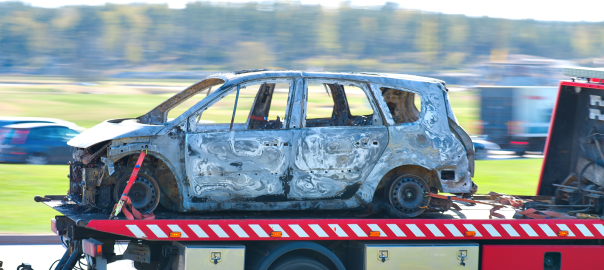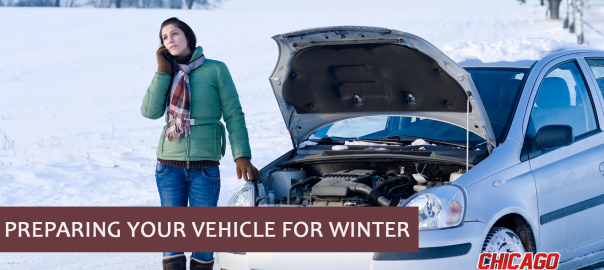The harsh weather of winter can be rough on vehicles. It’s important, for your own safety, and the safety of your car, that you prepare for the icy road that lies ahead of you. The intense cold of winter can take its toll on the internal mechanics of cars. If you don’t want to be caught unprepared, it’s important to inspect and repair your vehicle before it gets as extremely cold as it normally does in the middle of winter. Here’s a list of tips you can follow to keep your vehicle prepared and ready.
Have Ice Tools Ready
Leave ice scrapers and snow brushes inside the house if an overnight storm is predicted. This will allow you to remove ice and snow without having to open your car, which, when frozen, can be quite an arduous task. By keeping window and lock de-icers inside the house, you can rest assured that you’re fully prepared to uncover your vehicle from the frost.
Make sure Windshield Wipers are Operating
Effective windshield wipers should be able to clear the windshield in three swipes. If this isn’t happening, and cleaning the blades doesn’t help, you should replace the blades. Winterized blades prevent snow from jamming within the center of the blade itself and are ideal for snowy conditions. Refill washer fluid frequently. You don’t want to wait until you’re out of fluid to notice that your windhield is caked with frozen salt. You additionally want to utilize the defroster to keep the fluid from freezing inside the cold. The inside of the windows should be kept clean to reduce the forming of surface fog, as well as speeding defogging. By using the air conditioner with the heat on, you can quickly defog windows.
Make sure that your antifreeze is really freeze proof
Engine coolant or antifreeze should also be tested to make sure that it’s protected from freezing. If it looks old or has been there for over two years, change the antifreeze to restore the working order of the car’s rust inhibitors and water pump lubricants. By performing a professional power flush, you’ll remove any dirt that may cause water pump trailer.
Change engine oil
As it gets colder, the thickness of oil becomes crucial. Oil without a “W” in it’s thickness rating (like 5W-30) could make the engine crank up too slow. By checking your car’s owner’s manual for the recommended oil thickness for cold weather you can be prepared. Automotive transmission fluid should always be full, not leaking, and should never looked singed, brown, or burnt. Transmissions are strained in the cold – make sure to change your transmission oil before it gets cold to prevent problems.
Make sure lights are in working order
High beams, brake lights, and turn signals should be working properly, and headlights should be able to be aimed correctly. For maximum visibility- and safety – keep the lights clean.
Let your Tires tread well
All tire treads should have at leas ta 2/32’’ depth in their grooves. If the tire tread is wearing differently between the edges, sides, and middle groove, check the tire pressure. If one side is wearing faster than the other, it’s time for your car’s wheels to be realigned. The deeper the grooves of the tread, the better traction you have in snow or ice. Tire chains are also recommended.
Check your brakes and exhaust system
No matter the climate, brakes should be checked at least twice a year to ensure safety. This maintenance is best done before Winter and Summer, just to avoid working in extreme temperatures. Exhaust systems should also be inspected and primed – these systems can be extremely dangerous when not working correctly – especially if one’s stuck in snow or ice. By regularly checking your car’s systems, you’re ensuring your safety, and the lasting longevity of your vehicle, no matter the weather.








